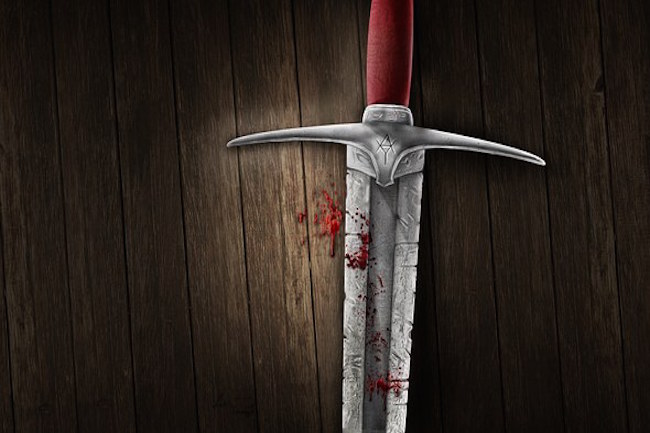When a Viking warrior died for Christ by Martyn Whittlock for Christian Today
The writer of the Letter to the Hebrews reminds Christians that they are surrounded by a great “cloud of witnesses.” (NRSV) That “cloud” has continued to grow in size since then. In this monthly column we will be thinking about some of the people and events, over the past 2,000 years, that have helped make up this “cloud.” People and events that have helped build the community of the Christian church as it exists today.
Today, most people’s mental image of Vikings is of pagan marauders who destroyed Christian churches and ransacked monasteries. They are rarely imagined in church, unless it was to strike down a monk or seize a jewelled reliquary as loot.
There is a lot of truth to this image and yet, as with so much in history, the reality was more complex. Outside of Scandinavia, Vikings converted to Christianity within a couple of generations after their first settlement. This was true from Ireland to Ukraine. Back home, in the Scandinavian homelands, the conversion took a little longer but by the year 1000 – when Iceland converted to the Christian faith – most of the Viking world was well on the way towards that or had been in that position for several decades.
However, there was resistance to the new faith in some places and the pace of change varied. In Sweden, for example, it was well into the eleventh century before substantial progress was made. In Norway, the matter was made more complex because the (now Christian) kings of Denmark fished in the troubled waters of Norwegian politics and played different groups (pagans and Christians) against each other in a violent game of royal power politics.
It was as part of this power struggle, in 1030, that a Christian king of Norway took on the powerful pagan nobles who opposed him – and lost. Yet, in so doing he embarked on a posthumous journey that would see him become a patron saint and be revered as the Viking who had died for the cause of Christ.




